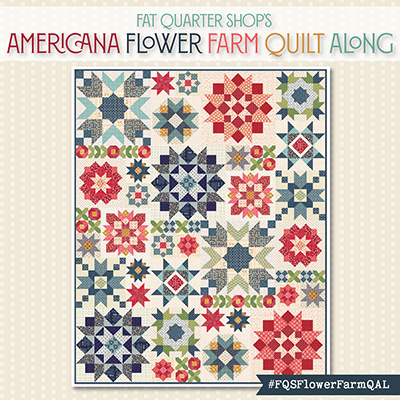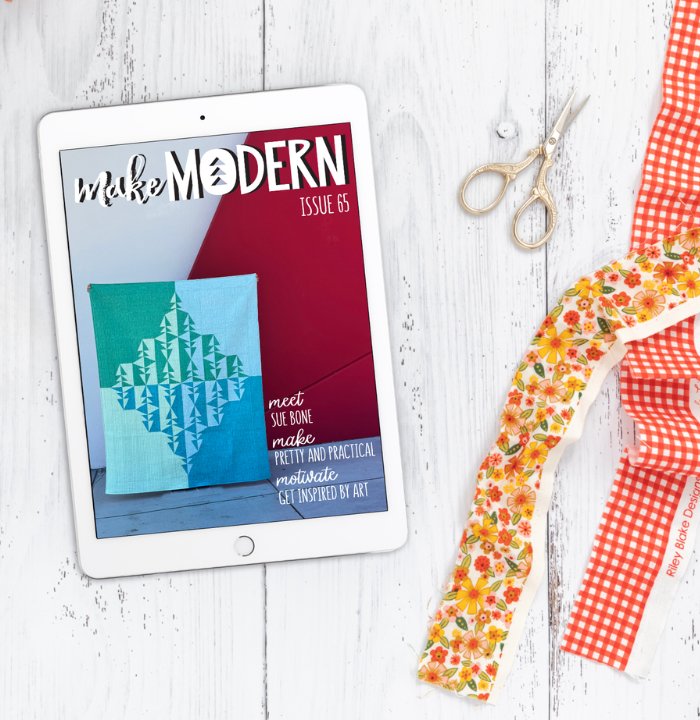Binding, for me, has always been the hardest part of making a quilt. Since I started quilting back in 1999, I have used every way under the sun: store-bought double-folded bias tape, ribbon, self-made double-fold binding, fold over binding, binding cut on bias. Which one is the best?? Well, it depends on when you would have asked me. I have flip-flopped on that until now. Finally, I have come to the point where I am comfortable with how to bind a quilt. I don’t make quilts specifically for a quilt show, so my tips might not be what a judge wants to see. But it is less frustrating, and I am not getting poked by a hundred pins. I feel like this is a really easy way to attach binding and I really don’t use any pins… maybe one at the corners of the quilt. Do I have you hooked yet? Well, hopefully you will find this post informative and helpful.
Basic Binding
Cutting the Binding Strips
My favorite binding strips are 2 1/2″ however the most common size is 2 1/4″ because you use less fabric. On this quilt, I am going to take a chunkier binding because of the lines. However, you can use whatever size you would like. After you have cut your strips of fabric, all of the steps will be the same. Okay, other than the seam allowance, you can take a slightly wider seam allowance with a larger strip. Today, I am going to cut my strips at 2 3/4″.
How to calculate your binding needs
Measure the top of your quilt. Measure one of the vertical edges of your quilt. Add them together and multiply it by 2. Take that number and divide it by the width of fabric. That will give you how many strips you will need. For example, a baby quilt would be 30″ by 40″.
30 + 40 = 70
70 * 2 = 140
140 / 42 = 3.33 (3 strips and 13.86″)
With these calculations I will need 4 strips of fabric. It is always better to round up because of the angled edges used to sew your strips together. Each angled edge will take away 2 1/2″ to 3 1/2″ of fabric, depending on the strip size. So if you want to get exact you could take the strip needed and multiply it by 2 because you have 2 angled edges on each strip. Multiply that number by 2.5 (the size of the angle). Then we need to account for a little overlap.
4 * 2 = 8
8 * 2.5 = 20
20 + 5 = 26
25 + 13.86 = 38.86 making 4 strips just right
Sewing the strips together
Take your strips to the cutting mat. With the wrong sides together, use the 45 degree angled line on your mat to cut your strip. Each side will have a different angle, making sure that one strip will always match up with another strip. Sew all of the strips together making one long strip.


If you have never sewn angled edges together, you will want to understand that you want the V to come together at 1/4″. I drew a line with a mechanical pencil to help you visualize this. Sew the normal 1/4″ seam. Iron seams and then iron the strip in half by taking one edge and pulling it over to meet the other edge. A Teflon sheet is perfect for this step. I always burn my ironing board cover, but if you use a Teflon sheet you can avoid burn marks.

How to bind a quilt
Attaching the binding to the quilt

Binding Babies can be SO helpful here. If you use one, you don’t have to pin the binding to your quilt. After you have loaded the binding onto a Binding Baby, put it on a thread holder. My machine has a collapsible spool holder that pops up. It is the perfect place to put it. Pull on the binding, you place it on the quilt top edge. Don’t start at the edge of the binding; pull off about 5″ of binding and leave it unsewn. Binding Babies make it pretty easy.
Click here to read the interview I did with the creator of Binding Babies.
I attach the binding to the top of my quilt and sometimes I use my quilting gloves here because you are able to use less effort. Like I said before, when you start, leave 5″ of binding unsewn. This space will be needed when you get back around and complete the edge so it looks like one continuous piece of fabric. Place the raw edge of your binding on top of the edge of the quilt. Sew the binding to the sides of the quilt with a regular 1/4″ seam. If you use a larger strip, you can adjust your seam allowance.

Mastering the corner
When you get to a corner, leave 1/4″ unsewn. I like to do a few backstitches here. Stop your machine. Adjust your quilt so you will be able to sew the next edge. Move the binding up so that it will wrap around the edges. Pinch the corner and fold in over to the raw edge of the next corner. Make sure the fabric doesn’t go over the corner edge. You want it snug. Start at the next corner edge and continue sewing.
When you get to the last edge of your quilt, stop sewing 10″ from where you started, giving you a gap of 10″ unsewn. Lay your ending edge on the quilt top. Place the starting edge (5″) on top of the ending edge. Use the starting edge’s points and angle to mark the angled points on the ending edge, making sure you mark the correct layer with the correct point; so the top edge of one strip would have the same mark as the top edge of the other strip. The one that touches the quilt would have the same mark as the other strip that touches the quilt.



Take the quilt and place the binding on the cutting mat. Use the marks on your fabric and line them up with the 45 degree line on your cutting mat, then add a 1/2″ to the points and cut. The 1/2″ is very important! It accounts for the two 1/4″ edges in the seam. Pin and sew the two edges together to complete the binding. This can be tricky; make sure you don’t pin the wrong edges together. Finger press the seam, so you don’t stretch the binding. Sew the rest of the binding down, finishing the gap.
Crisp edges
Take your quilt to the ironing board. Move the binding over the seam and iron. Iron all edges of the quilt.

Work with the back of your quilt facing up. Bring the binding up and fold over to the back side of the quilt. Add Steam-A-Seam to the back of the quilt edge. Iron the binding to the back of the quilt. Repeat until the quilt is done. Yes. Steam-A-Seam has become my obsession. I love it.


Finish the edge by top stitching the binding on the front side of the quilt.
And there it is – how to bind a quilt! My beloved secret to binding is Steam-A-Seam. This process is a little more time consuming than using ribbon or store-bought binding; but take your time, enjoy the process, maybe watch tv as you iron. When I do it this way, I am not going crazy, fighting with my quilt and binding edges, missing some of the edges in my seam . . . So much better for my sanity.
Let me know if you try this method and what you think.

Enter to win
AHHHHH, I am so sorry this post got out late. Work has been crazier then normal. I didn’t take in account for Murphy’s Law when planning this Quilt Along. I have really enjoyed quilting with all of you and I love looking at all of your progress photos on Instagram. Share your progress for this week’s topic, How to bind a quilt on Instagram using #modcitycenterquiltalong and #MCCQbinding (each week this one will change). For this week when you post your progress photos on Instagram, tell me what is your favorite way to bind your quilt? The more weeks you participate, the greater your chance of winning. When I reveal the next step, I will announce a new winner here on my blog. The prizes will get larger as the quilt progresses, so stick around. I can’t wait to see your progress photos. Happy quilting!!
The winner for week 7
@gaylequiltsalot
Hip. Hip, Hooray!!
Privacy on Instagram
Since I want to make this a fun and interactive experience, I would like to use Instagram. If you don’t have it and need help setting it up, let me know. To participate, please make your Instagram account open to the public. If it is not public, I won’t be able to see your photos and won’t be able to pick you in giveaways. If you have issues with this, I understand. Direct message me and let me know.
Can you still Join?
Of course!! I want this to be a laid back and fun experience. It is ok if you miss steps; life always gets in the way and that is all right. If you would like to learn more about the Mod City Center Quilt Along, click here.




The Comments
Gayle
That looks so good! I was not aware of how binding babies work. I thought they were just decorative. Thanks for that info!